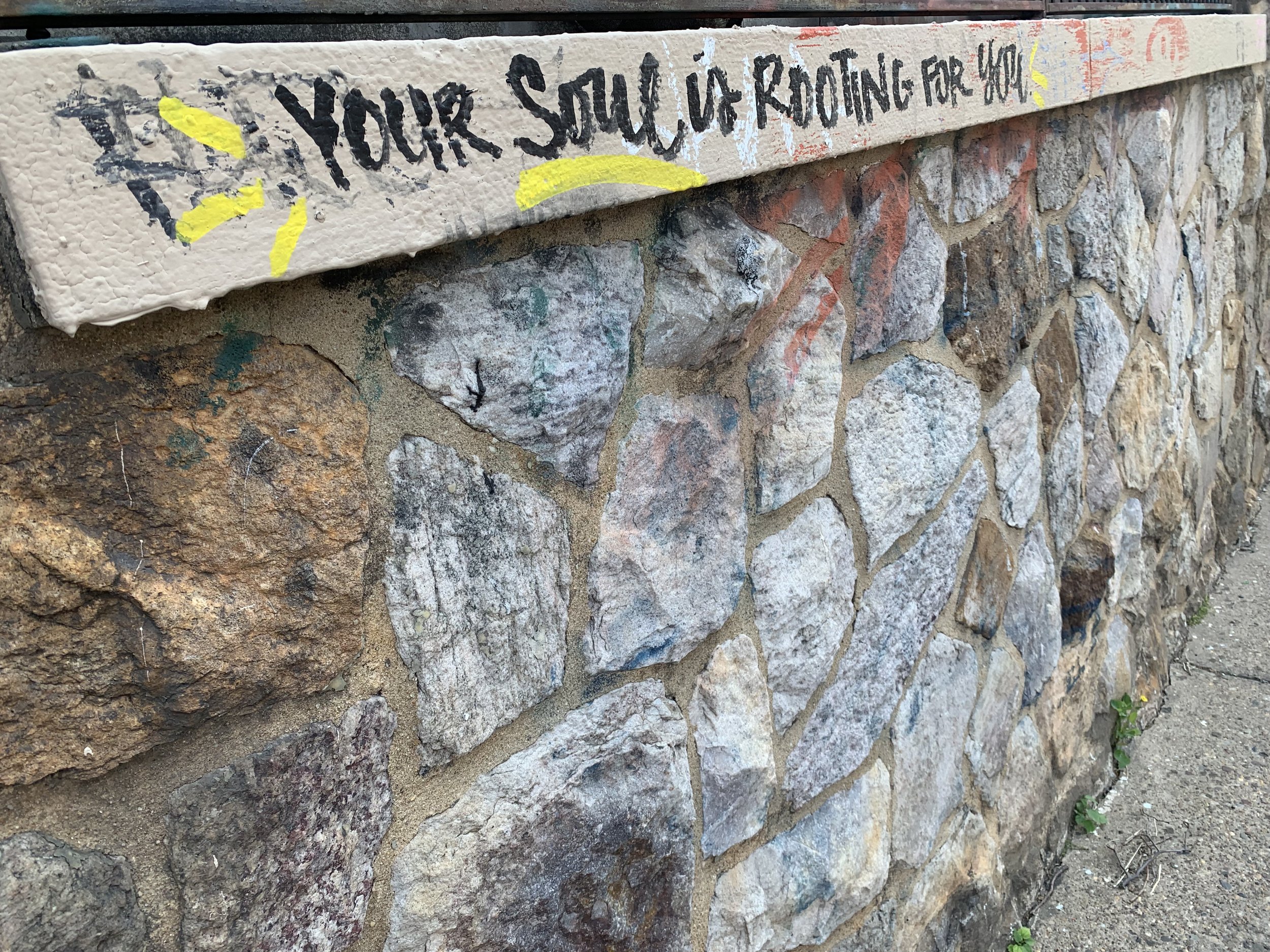Holistic Therapy Services in Maryland | Art Therapy, EMDR, & Somatic Healing
Healing isn’t one-size-fits-all. As a Maryland-based therapist, I offer a holistic approach that integrates mind, body, and creativity. My work combines Art Therapy, EMDR, Somatic practices, Acceptance and Commitment Therapy (ACT), Parts Work, and self-compassion to support lasting change. Whether you’re navigating anxiety, trauma, or challenges in relationships, therapy provides a space to reconnect with yourself, process what’s been overwhelming, and build more safety, clarity, and trust within.
Rooted and Resilient Therapy offers individualized therapy for children (12+), teens and adult women and those in the LGBTQ+ community in Maryland that are struggling with anxiety, perfectionism, guilt, shame, authenticity, relationships, and trauma. Using evidence-based practices like EMDR, art therapy, and somatic techniques, we help you reclaim safety, build resilience, and cultivate self-compassion.
Trauma Therapy
Anxiety Processing
EMDR Therapy
Art Therapy
What do sessions look like?
As a Maryland based therapist, I believe that healing starts with feeling safe, supported, and truly understood. For people dealing with trauma or anxiety, that sense of safety can feel out of reach—and that’s where therapy can help. Our work together will focus on building a trusting relationship, so you don’t have to face painful memories or emotions alone.
In our sessions, I use a combination of approaches based on your needs. This might include verbally processing and exploring your thoughts, feelings, and patterns around anxiety, trauma, or relationships — helping you process what’s happened, understand yourself more deeply, and learn healthier ways of navigating life’s challenges.
We may also integrate EMDR (Eye Movement Desensitization and Reprocessing) into sessions to help process and release stuck traumatic memories, art therapy to express feelings that may be hard to put into words, and body-based (somatic) practices to reconnect with your physical sense of safety. Somatic approaches invite the body into the healing process. Trauma and anxiety don’t just live in our thoughts—they also show up as tension, numbness, restlessness, or disconnection from our bodies. Through gentle awareness, grounding, and mindfulness techniques, somatic therapy helps you notice what your body is communicating and find ways to restore a sense of safety and presence. This can make emotional processing feel more manageable and support deeper, lasting healing. We’ll also draw from Acceptance and Commitment Therapy (ACT) to help you build awareness, acceptance, and flexibility in the face of difficult emotions—learning to move toward what truly matters to you, rather than getting caught in cycles of self-criticism or avoidance. Combined with self-compassion practices and parts work, these approaches help you relate to yourself with greater understanding and kindness.
Therapy with me is a collaborative process, and we’ll move at a pace that feels right for you. Together, we’ll work to build more calm, connection, and trust—both in our work and within yourself.
-
You don’t have to wait for things to “get bad enough” to reach out for support. Therapy can be helpful whether you’re navigating a major life challenge or simply feeling stuck, overwhelmed, disconnected, or unsure of yourself.
You might benefit from therapy if you:
Feel anxious, exhausted, or on edge more often than not
Struggle to set boundaries or feel guilty for putting yourself first
Keep repeating the same patterns in relationships
Are healing from past experiences but don’t know where to start
Feel numb, shut down, or unlike yourself
Want a space to process things without judgment or pressure
Ultimately, if you’re even wondering whether therapy could help — that’s usually a sign that something inside you is ready for support. You don’t have to navigate it alone.
-
You can schedule a consultation by filling out the contact form at the bottom of this page. Just include your name, email address, and a few words about what you’re looking for support with. I’ll respond within 24–48 hours with a few time options so we can connect by phone and explore whether we’re a good fit to work together.

